#polish folklore
Text

thorin but make him a polish nobleman
you can get a print here: inprnt!
#thorin oakenshield#the hobbit#slavic#folklore#polish folklore#polish folk costume#national polish costume#slavic culture#fanart#lotr#tolkien#my art#verkomy#verkomy 2024#prints
4K notes
·
View notes
Text
Today I learned that in fifteenth century Polish dudes would sometimes pretend to be werewolves in a scam to get some free meat.
They’d attach wolf tails to their backsides, walk around the village howling and occasionally bite a random cow so that folks would donate meat to them to ensure they don’t „lose control” and attack somebody.
I just thought you guys might wanna know.
4K notes
·
View notes
Text
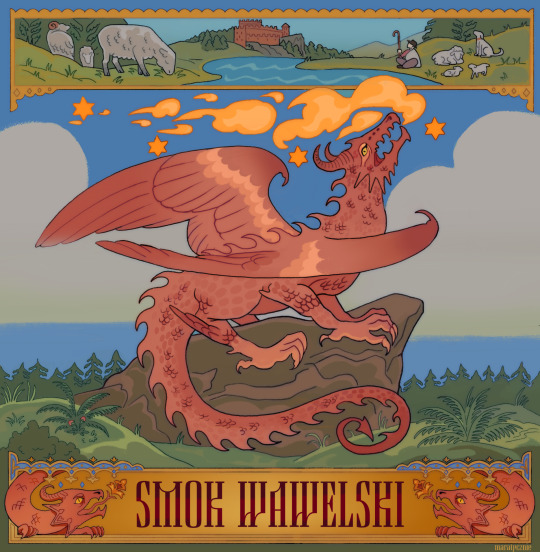

#illustration#fantasy#my art#polish folklore#slavic folklore#basilisk#bazyliszek#smok wawelski#dragon
2K notes
·
View notes
Text

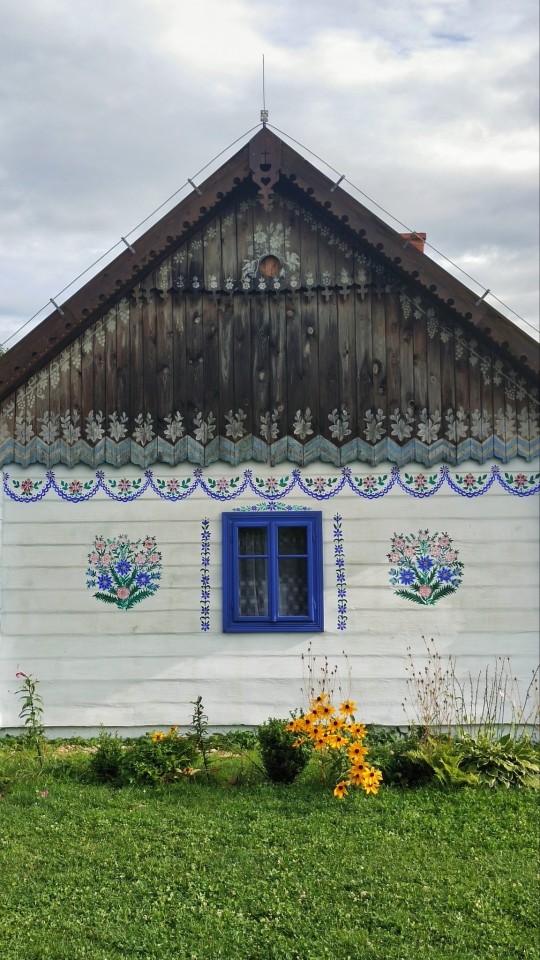
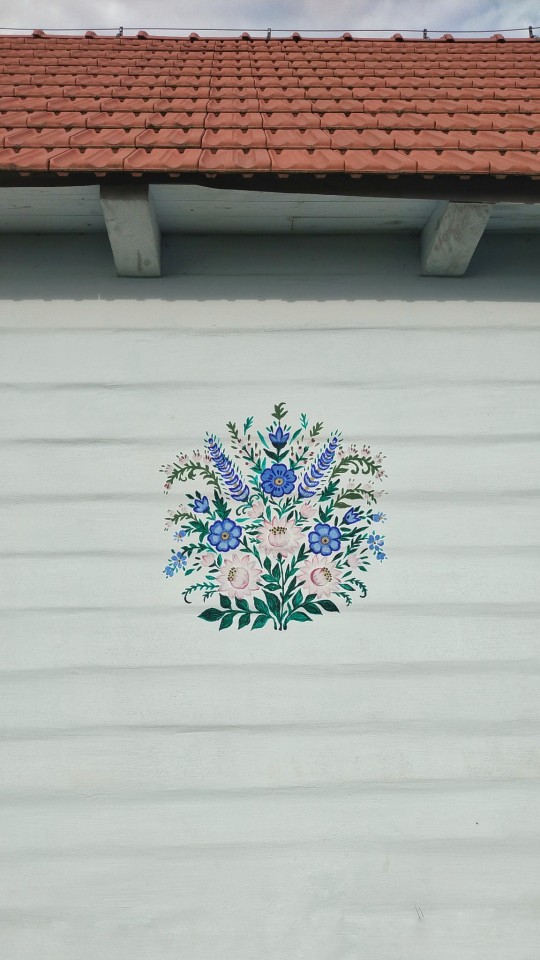
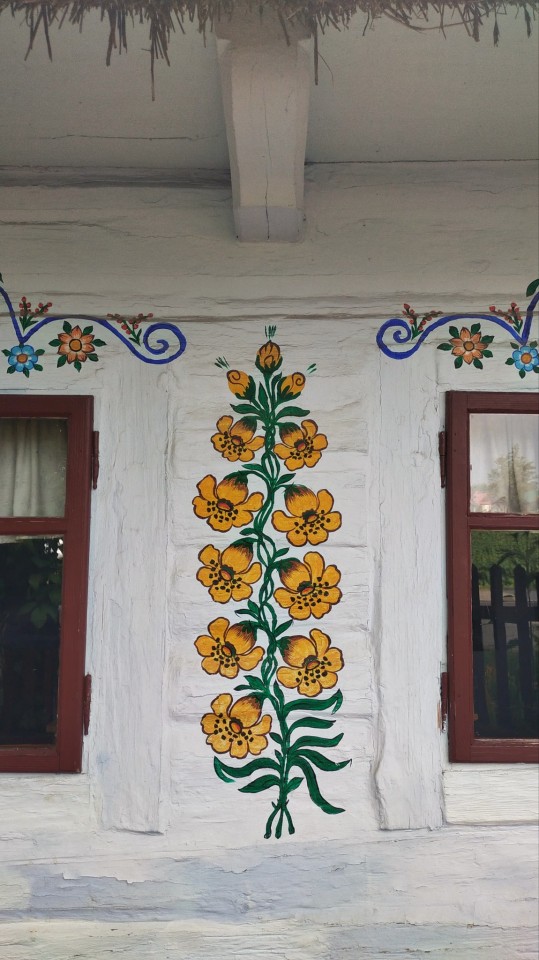

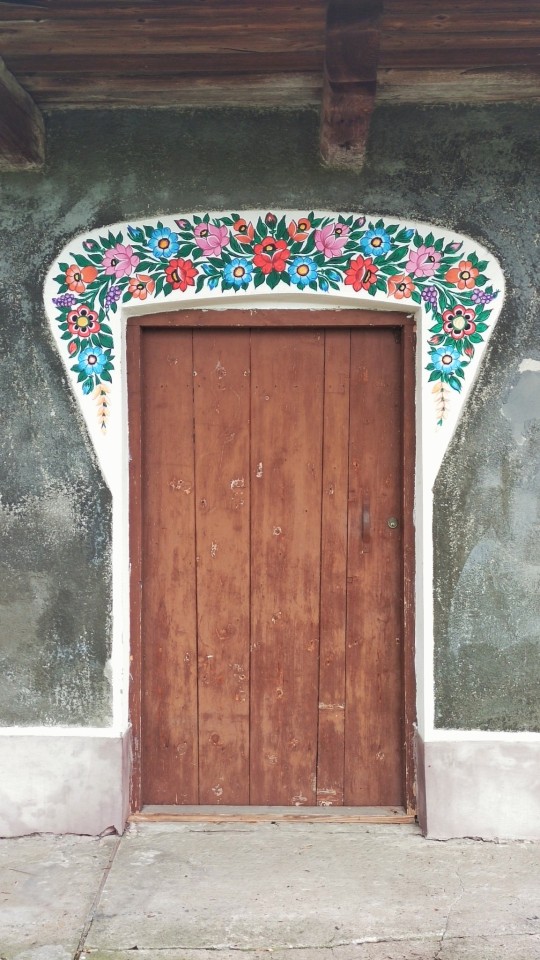
The village of Zalipie, Poland.
#slavic#poland#polish#slavic folklore#folklore#folk art#polska#zalipie#art#architecture#painted house#paint#flowers#flower art#tradition#eastern europe#europe#photography#polish folklore#polish art
1K notes
·
View notes
Text
259 notes
·
View notes
Text

#witch#slavic folk#baba yaga#spooky#watercolor daily#watercolor#watercolor art#magic#mystic#femine#forest#aleksandra czudżak#illustration#witchcraft#mushrooms#czudżak#artwork#slavic#polish folklore#contemporary illustration
406 notes
·
View notes
Text

polish spiderman design i did a while ago, mainly for fun but i might draw him again...
#my art#spidersona#spiderman oc#polish folklore#polish folk costumes#poland#polska#traditional clothing#his costume is based off of a lot of different folk costume elements so im sorry to say he's not based on a specific region#though i did have silesia in mind at first
880 notes
·
View notes
Text

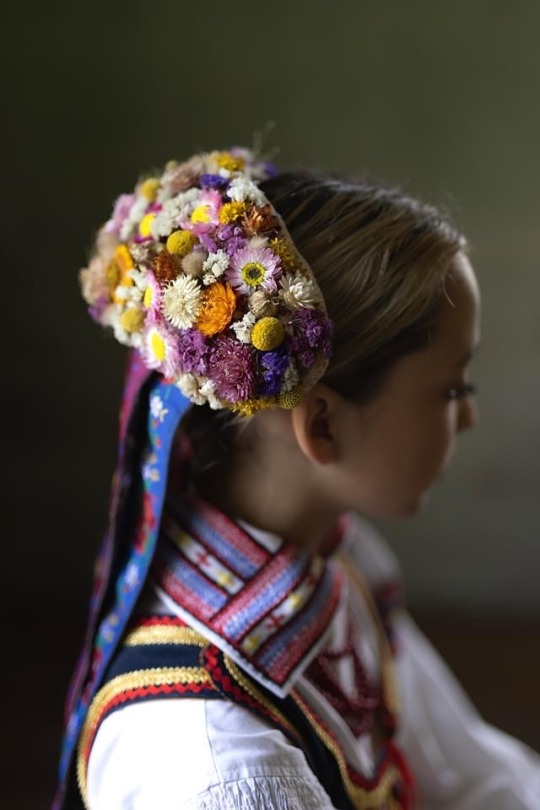
Krzczonów, Lublin area.
source: Koło Gospodyń i Gospodarzy Krzczonów Sołtysy
photo by: Martyna Jarosz
245 notes
·
View notes
Text
Sketch of rookvil in polish folk costume because twst polish au real

#twst#twisted wonderland#ツイステ#disney twisted wonderland#rook hunt#rookvil#vil schoenheit#twst vil#twst rook#folk clothing#polish folk costumes#polish folklore#artists on tumblr#digital fanart#digital art#magnus_cinis art
495 notes
·
View notes
Text


bilbo and kíli in polish folk outfits
you can get a print here: inprnt!
#bilbo baggins#kili durin#the hobbit#slavic#folklore#national polish costume#polish folklore#polish folk costume#slavic culture#fanart#lotr#tolkien#my art#verkomy#verkomy 2024#prints
3K notes
·
View notes
Text
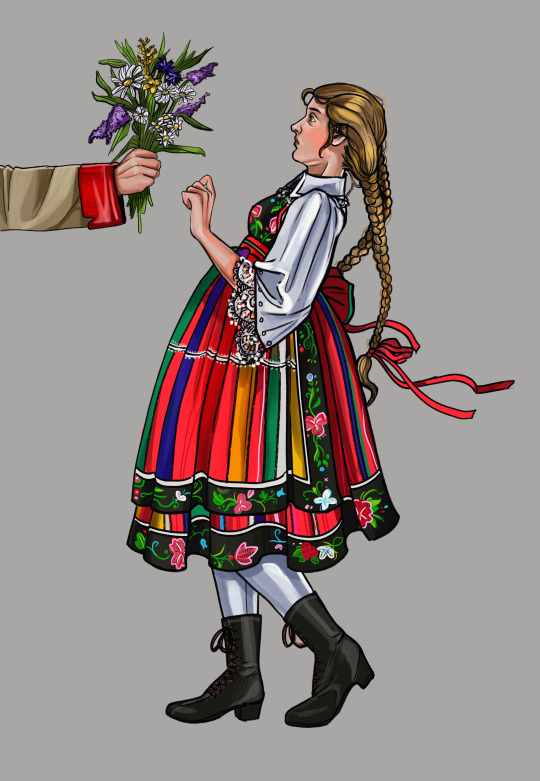
hiii, long time no see ̤̮
Recently, I've been deep into Polish folklore. Reading “Chłopki” by Joanna Kuciel-Frydryszak (which I can't recommend enough!) and watching “Chłopi” (dir. DK Welchman, Hugh Welchman) made me so emotional. It's crazy how little to no benefit women had from marriage.
#my art#drawing#digital art#illustration#my artwork#folk#folklore#polish culture#polish folklore#folk costume#costume design#poland#chłopi#the peasants
251 notes
·
View notes
Text
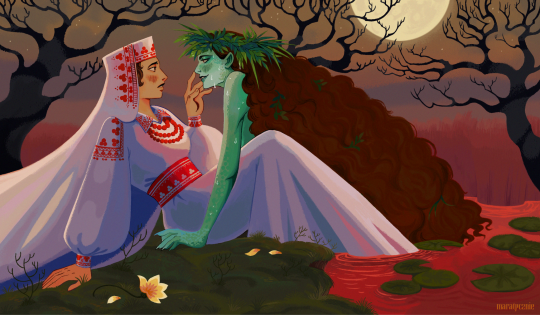
#illustration#fantasy#my art#slavic folklore#polish folklore#polish folk costumes#Biłgoraj#rusalka#slavic mythology
447 notes
·
View notes
Text
SPRING!!!!

Date idea: we go perform an ancient pagan ritual, in which we burn and drown an effigy of a goddess to bring spring.
HAPPY JARE GODY TO ANYONE WHO CELEBRATES!!! AND HAPPY BEGGINING OF SPRING!!! I'M SO EXCITED OMGG!!! I'm a bit late for the 1st day of spring, but here are Maribel and Renko celebrating it by performing the traditional polish ritual of that day! Heheheh polonization of more of my fav characters >:3 (because why WOULDN’T I combine my 2 special interests)
#my art#maribel hearn#renko usami#hifuu club#秘封倶楽部#polish folklore#polish art#jare gody#slavic art#slavic folk costume#hifuu posting#polish posting#marzanna#touhou project#slavic folklore
98 notes
·
View notes
Text
Protective household demons in Polish folklore
Belief in protective household demons was in all likeliness widespread among Slavic peoples from time immemorial. We do not know how those demonic creatures were imagined and what forms of cult were associated with them in the distant past, since the first sources on this subject we find in confessional literature of the late Middle Ages. In the XV-th century sermon fragment mentioned in previous chapters we find words of disapproval towards folk practice of „feeding” the protective spirits of the house called ubożęta (singular: ubożę).
”There are those who do not wash the dishes after dinner on Great Thursday and holy day, so as to feed the souls that they call vbosshe (ubożę) and others, believing stupidly that spirits need corporal things, when it is written that the Spirit does not have flesh or bones. Some purposefully leave the remains of dinner on their plates, to thus feed the souls or a certain demon that they call vbosshe, but this is completely ridiculous, because they often think, foolish and naive, that what they have left is food for the aforementioned vbesshe, since they care for it to attract good luck, but very often it is a dog that comes without them realizing and devours the remains.”
- Anonymous sermon, XVth century Poland, translation from „Sources of Slavic Pre-Christian Religion”, red. Álvarez-Pedrosa
The same problem was also touched on in two other works, the XVI-th century „Postępek prawa czartowskiego przeciw narodowi ludzkiemu” (roughly translates to „The Progress of Devilish Deeds Against the Human Nation”) and XVII-th century „Czarownica powołana” (roughly „The Witch Appointed”), whose authors were critical of the common practice of the housewives leaving a special, separate evening meal to the protective spirits of the household. P. Gilowski in his XVI-th century „Wykład katechizmu Kościoła krześcijańskiego z pism świętych” (roughly „Explaining the cathechism of Christian Church from holy scripture”) counted protective household spirits among satanic apparitions and wrote „… there are various sorts of devils, earthly skryatkowie (the modern word would be „skrzaty”), domestic ubożęta…”. According to B. Baranowski on the territory of central Poland in XVII-th and XVIII-th century „the belief in all sorts of protective deities remained exceptionally deep. Quite often they were some sorts of household spirits. (…) One was supposed to leave them a little bit of food in the corner of the hut or in the hall and they would then ensure good luck and wealth of the house. Other creatures of this sort were said to live in barns. For this reason one of the boards in the roof of the barn would be left loose, without nails or a small hole would be made in it, and thus it was ensured that the spirit can enter the barn at will.”
The aforementioned ubożeta, skrzaty and other related protective house spirits, similarly to atmospheric and natural demonology, were included in the family of devilish beings during the Counter-Reformation. On this basis, completely new images of domestic demons were formed, such as the diabeł-latawiec (a character combining elements of an atmospheric demon, a protective household spirit and the devil) or a diabeł-chowaniec (devil-familiar). Both of these beings were credited with activities aimed at securing abundance and prosperity on farms. As a consequence, this led to the formation in the minds of the rural people of the dual nature of devilish beings, that could be either dangerous and harmful or good and caring. The latter group included, among others, guardian house demons.
Concurrently, in the second half of XVIII-th century Catholic clergy started their own varied efforts towards broader dissemination and popularization (especially in rural areas and small towns) of the cult of angelic beings in particular guardian angels. To the latter they would assign very specific protective functions which were supposed to result in complete erasure of traditional beliefs in household spirits that were still present in the popular consciousness. The Church doctrine of that time stated that every person has a God-assigned guardian angel whose task is to guard their charge from all kinds of dangers and temptations. An interesting aspect of that protection was the constant war guardian angels and devils would wage over the salvation of human soul. This concept also found it’s reflection in the developing folklore, for example in an eschatalogical piece „Przemowa Diabła i Anioła przy łożu Umierającego” (translates to: The Speech of a Devil and an Angel by the bed of a Dying Man).
- Polska demonologia ludowa by Leonard Pełka, amateur translation by Zarya-Zaryanitsa
183 notes
·
View notes
Text
Znachor, Chłopi and 1670. It is the beginning of a new era of Polish cottagecore. May it be popularized all over the world.
181 notes
·
View notes
Text

Hare's heart 🌿
__
https://twitter.com/fosloart
https://instagram.com/fosloart
916 notes
·
View notes